Nestled in the heart of Central Europe, Hungary has woven a rich tapestry of history marked by triumph and tribulation. From the decisive defeat at the Battle of Mohi against the Mongols in 1241 to the resilient endurance through the Ottoman wars, this nation has borne witness to a series of pivotal moments that have shaped its identity. A land that has seen its fair share of victory in defeat, Hungary's past is as complex as it is fascinating, inviting scholars to delve into its historical progression. As we embark on a journey through the annals of Hungarian history, we unearth a legacy that reveals not only the events that have defined a country, but the indomitable spirit of its people. Join us as we explore the historical currents that have forged Hungary, illuminating its place in the grand chronicle of Europe.
Paleolithic
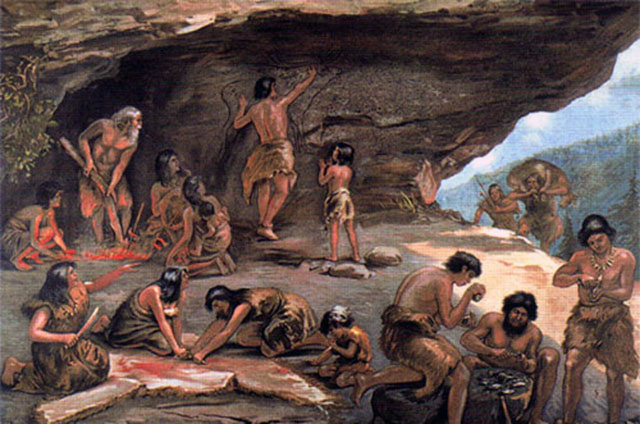
The Paleolithic era in Hungary dates back to around 500,000 years ago. During this time, early human presence can be traced through the discovery of stone tools and fossils. Lower Paleolithic sites reveal the use of simple tools by our ancestors. The Middle Paleolithic period saw the development of Neanderthal sites and the Mousterian culture. In the Upper Paleolithic, modern humans arrived in Hungary, bringing with them technological advancements and remarkable artifacts.
Factual data: The Paleolithic era in Hungary dates back to around 500,000 years ago. Lower Paleolithic sites reveal the use of simple tools by early humans. The Middle Paleolithic period saw Neanderthal sites and the development of Mousterian culture. Modern humans arrived during the Upper Paleolithic, introducing technological advancements and impressive artifacts.
Lower Paleolithic
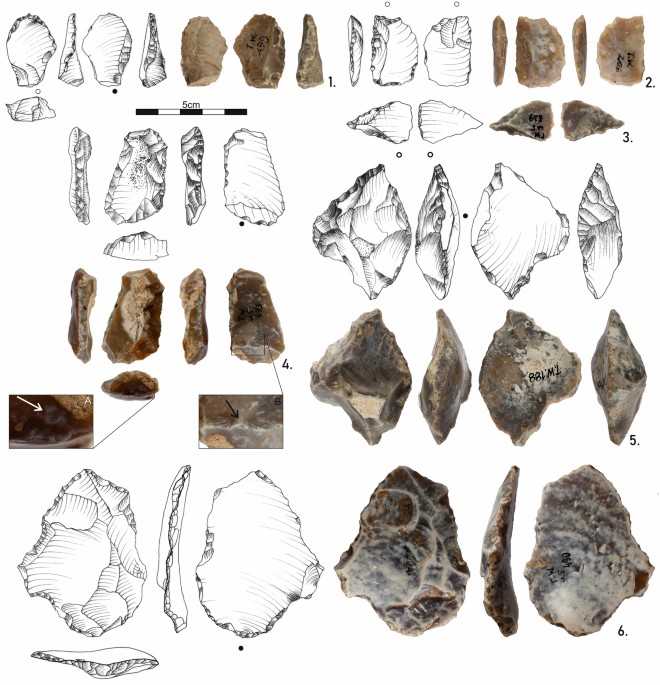
During the Lower Paleolithic period in Hungary, early human presence can be traced back to approximately 500,000 years ago. Stone tools and fossils provide evidence of their existence. These early humans utilized simple tools for hunting and survival. This era marks a significant stage in human evolution, showcasing the adaptability and resourcefulness of our ancestors in this region.
Earliest Human Presence

The earliest human presence in Hungary can be traced back to the Lower Paleolithic period, approximately 500,000 years ago. During this time, early humans inhabited the region and left behind evidence of their existence through stone tools and fossils. These findings indicate that early humans in Hungary were resourceful and capable of adapting to their environment for hunting and survival purposes. They set the foundation for future human development in the region.
Stone Tools and Fossils
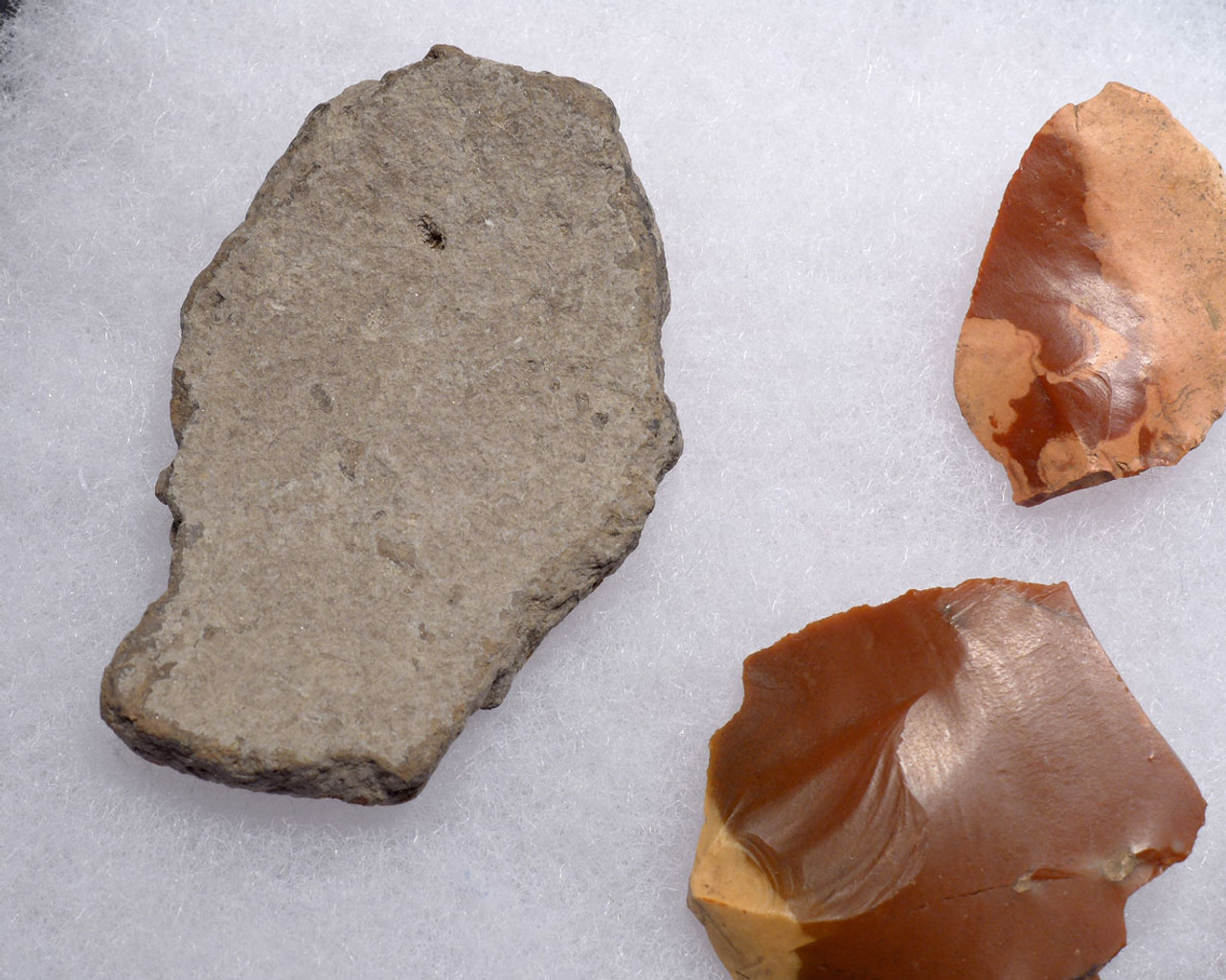
During the Lower Paleolithic period in Hungary, stone tools and fossils provide evidence of the early human presence. These stone tools were crucial for hunting and survival, showcasing the ingenuity and resourcefulness of early humans in adapting to their environment. Furthermore, the discovery of fossils sheds light on the diverse range of fauna that existed during this time. Stone tools and fossils serve as significant archaeological finds that contribute to our understanding of Hungary's ancient history.
Middle Paleolithic

In the Middle Paleolithic period in Hungary, significant developments took place. Neanderthal sites provide evidence of human habitation during this time. The development of the Mousterian culture marked a shift in human behavior and tool-making techniques. These advancements showcased the increasing adaptability and sophistication of early humans. The Middle Paleolithic period played a crucial role in shaping the cultural and technological landscape of ancient Hungary.
Neanderthal Sites

Neanderthal Sites in Hungary provide significant evidence of human habitation during the Middle Paleolithic period. These sites, such as Vindija Cave and Szeleta Cave, have revealed Neanderthal remains and artifacts. The presence of these sites indicates that early humans were actively occupying and utilizing the resources of the region. The discovery of Neanderthal sites in Hungary is crucial in understanding the broader context of human evolution and migration patterns in Europe.
Development of Mousterian Culture

The Middle Paleolithic period in Hungary saw the development of the Mousterian culture. This cultural phase, named after the Le Moustier site in France, is characterized by the refinement and diversification of stone tool technology. The Mousterian culture is associated with Neanderthal populations and is known for its distinctive tools such as hand axes, scrapers, and points. These technological advancements reflected an increased complexity in hunting and gathering strategies during this time.
Upper Paleolithic
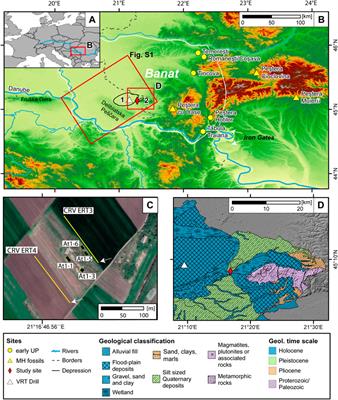
The Upper Paleolithic period in Hungary marked the arrival of modern humans. This era saw significant advancements in technology and artistic expression. Modern humans introduced new stone tools, such as blades and burins, which allowed for more precise hunting and crafting. They also created elaborate cave paintings and carvings, showcasing their sophisticated artistic skills. The Upper Paleolithic period laid the foundation for cultural development in Hungary and shaped the region's history.
Arrival of Modern Humans

During the Upper Paleolithic period in Hungary, modern humans arrived, marking a significant turning point in the region's history. These early Homo sapiens brought with them advanced technological skills and artistic expression. Their arrival introduced new stone tools like blades and burins, which allowed for more precise hunting and crafting. Additionally, they showcased their sophisticated artistic abilities through elaborate cave paintings and carvings. The arrival of modern humans laid the foundation for cultural development in Hungary.
Technological Advancements and Artifacts

During the Upper Paleolithic period in Hungary, modern humans brought with them advanced technological skills that led to significant advancements. They introduced new stone tools like blades and burins, allowing for more precise hunting and crafting. Alongside these developments, they displayed their artistic abilities through elaborate cave paintings and carvings. These technological advancements and artifacts not only improved their daily lives but also showcased their cultural sophistication.
Mesolithic (Epipaleolithic)
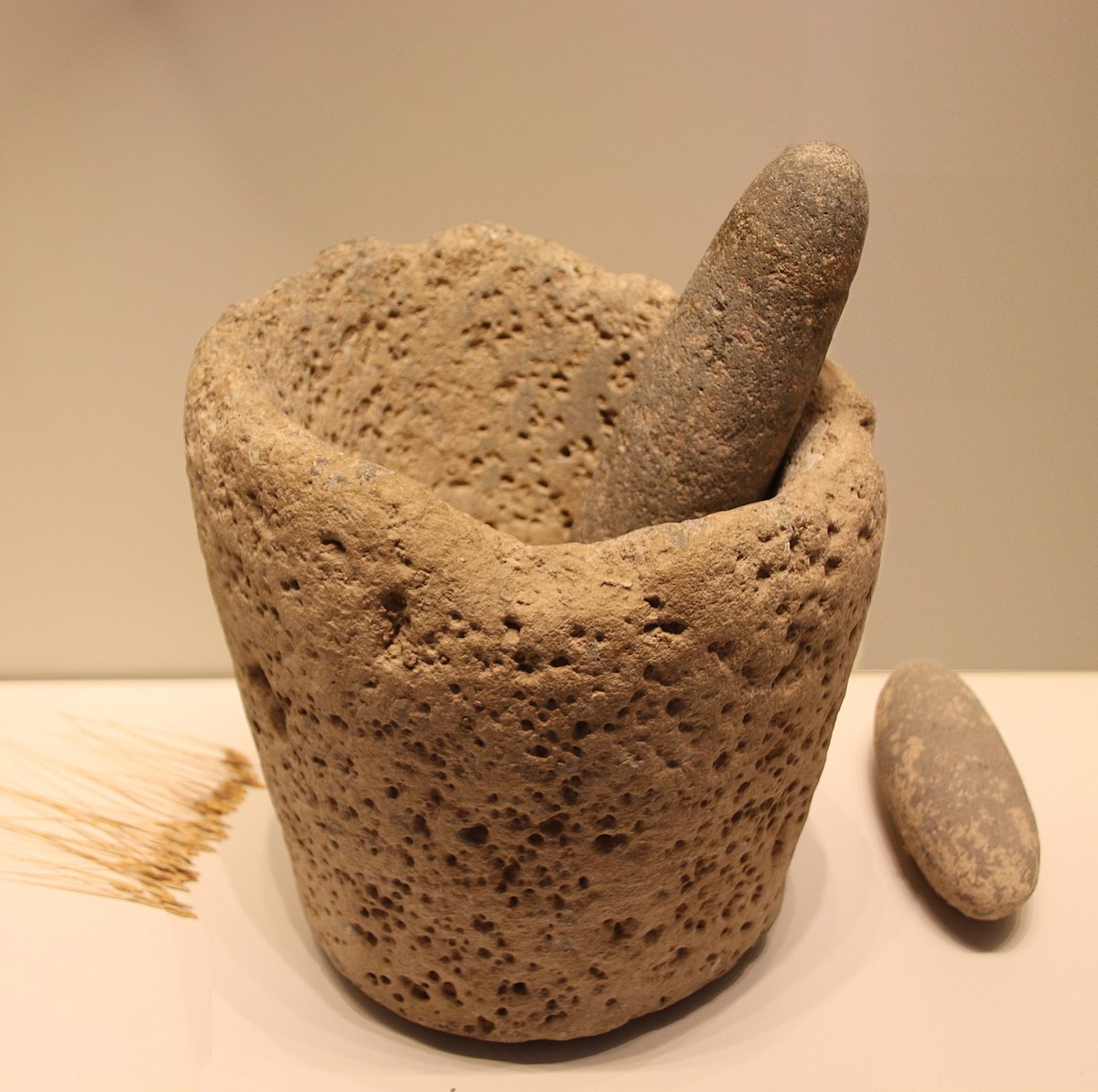
During the Mesolithic period, also known as the Epipaleolithic, Hungary saw significant changes in its climate and environment. As the glaciers receded, forests expanded, creating a more favorable habitat for postglacial hunter-gatherer groups. These groups relied on hunting, fishing, and gathering wild plants for sustenance. They developed more sophisticated tools such as microliths and bone artifacts. The Mesolithic period marked a transitional phase between the Paleolithic era and the Neolithic revolution in Hungary's history.
Postglacial Hunter-Gatherer Groups
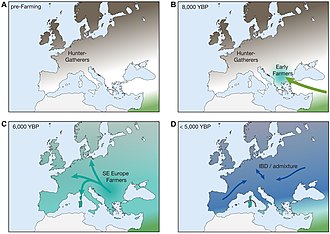
During the Mesolithic period in Hungary, postglacial hunter-gatherer groups emerged. These communities relied on hunting, fishing, and gathering wild plants for survival. They developed more advanced tools such as microliths and bone artifacts. The expansion of forests, following the receding glaciers, provided a conducive habitat for these groups to thrive. This period marked a transitional phase between the Paleolithic era and the upcoming Neolithic revolution in Hungary's history.
Changes in Climate and Environment
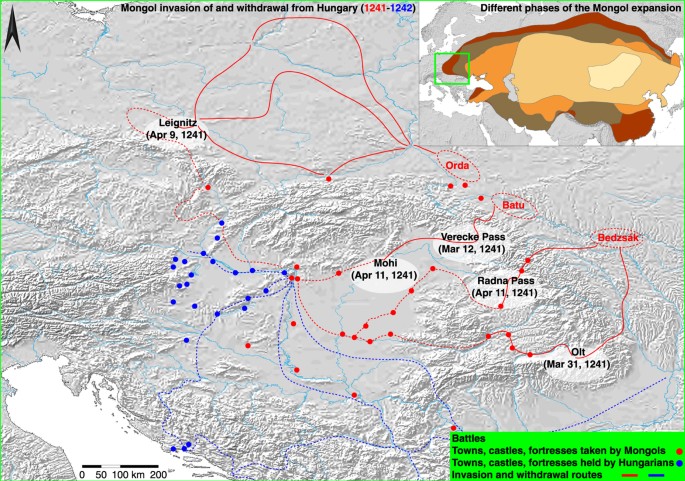
During the Mesolithic period in Hungary, there were significant changes in climate and environment. As the glaciers receded, forests expanded and provided a more favorable habitat for postglacial hunter-gatherer groups. These communities adapted to the changing environment and relied on hunting, fishing, and gathering wild plants for survival. The shift from a cold, ice-covered landscape to a milder climate with thriving vegetation played a crucial role in shaping their way of life.
Neolithic

The Neolithic era in Hungary marked a significant shift towards agricultural practices and permanent settlements. Around 5000 BCE, people began cultivating crops such as barley, wheat, and legumes, while also domesticating animals like cattle, sheep, and pigs. This transition from a hunter-gatherer lifestyle to an agrarian society led to the establishment of Neolithic settlements characterized by rectangular houses made of wattle and daub. The Linear Pottery Culture was one prominent Neolithic culture in Hungary, known for its distinctive pottery decorated with linear designs.
Advent of Agriculture

The Neolithic era in Hungary saw a significant shift towards agriculture. Around 5000 BCE, the people began cultivating crops such as barley, wheat, and legumes and domesticating animals like cattle, sheep, and pigs. This transition from a hunter-gatherer lifestyle to an agrarian society led to the establishment of permanent settlements characterized by rectangular houses made of wattle and daub. The introduction of agriculture brought about major changes in Hungary's way of life, leading to increased food production and the development of more complex societies.
Neolithic Settlements and Culture

During the Neolithic period in Hungary, the introduction of agriculture led to the establishment of permanent settlements. These settlements were characterized by rectangular houses made of wattle and daub. The transition to an agrarian society brought about significant changes in Hungary's way of life, including increased food production and the development of more complex social structures. The Neolithic culture in Hungary is marked by advancements in pottery making, stone tool production, and the domestication of animals.
Linear Pottery Culture

The Linear Pottery Culture was a prominent Neolithic culture in Central Europe, including Hungary. It is characterized by its distinctive pottery with linear decorations. The people of this culture were skilled farmers and herders, cultivating crops such as wheat and barley and raising livestock. They lived in permanent settlements and had complex social structures. The Linear Pottery Culture played a significant role in the development of agriculture and settled life in Hungary during the Neolithic period.
Chalcolithic (Copper Age)
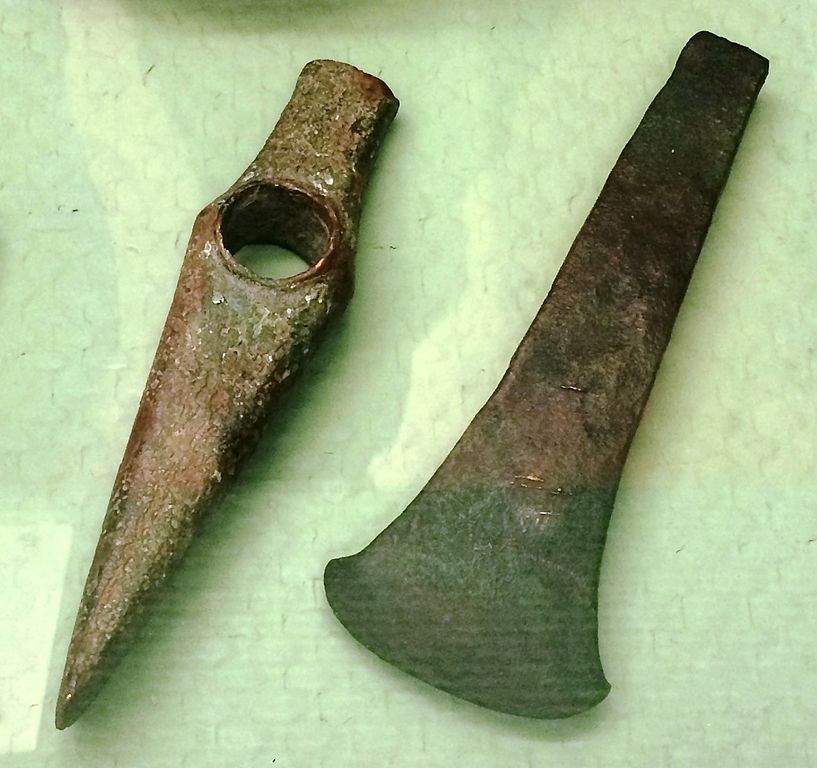
During the Chalcolithic period, also known as the Copper Age, Hungary witnessed significant advancements in metal use and metallurgy. The introduction of copper tools and objects marked a significant shift in technology and cultural development. This period saw the emergence of more complex social structures and the rise of early forms of trade and exchange. The Chalcolithic period laid the foundation for further progress in Hungary's later Bronze Age.
Early Metal Use and Metallurgy
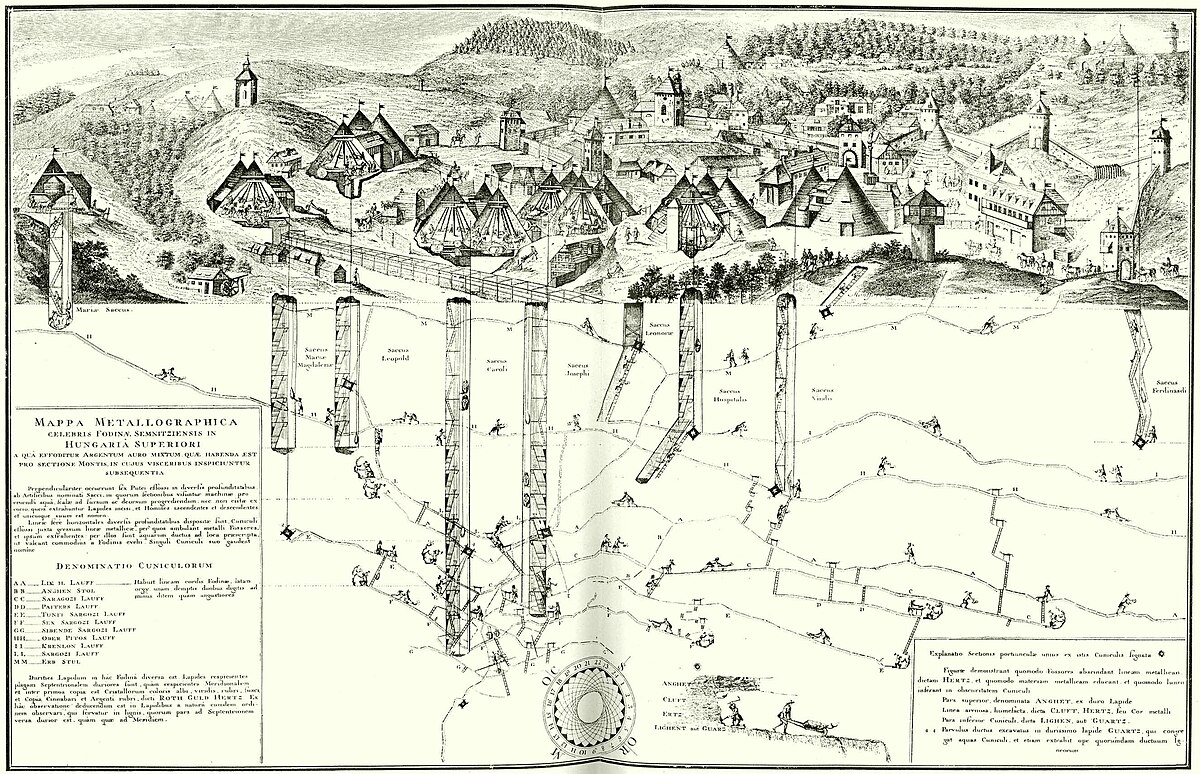
During the Chalcolithic period, Hungary experienced significant advancements in metal use and metallurgy. The introduction of copper tools and objects marked a significant shift in technology and cultural development. This period saw the emergence of more complex social structures and the rise of early forms of trade and exchange. The Chalcolithic period laid the foundation for further progress in Hungary's later Bronze Age.
Cultural Transformations

During the Chalcolithic period, Hungary experienced significant cultural transformations. With the introduction of metal use and metallurgy, there was a shift in technology and the development of more complex social structures. This led to the emergence of early forms of trade and exchange. These cultural changes laid the foundation for further advancements in Hungary's later Bronze Age. The Chalcolithic period marked a crucial point in Hungary's history, shaping its future cultural and economic development.
Bronze Age
The Bronze Age marked a significant period in the history of Hungary. During this time, bronze working and trade flourished, leading to the development of more complex societies and the emergence of tribal communities. The introduction of bronze tools and weapons revolutionized technology and warfare. The Bronze Age also witnessed changes in social structures, with the establishment of hierarchical societies. This era laid the foundation for Hungary's future cultural and economic growth.
Bronze Working and Trade

Bronze working and trade played a significant role during the Bronze Age in Hungary. The introduction of bronze tools and weapons revolutionized technology and warfare, leading to advancements in agriculture, craftsmanship, and construction. The development of bronze metallurgy facilitated trade networks, allowing for the exchange of goods and ideas between different tribal communities. This led to cultural diffusion and the emergence of more complex societies. Bronze working and trade laid the foundation for Hungary's economic growth and cultural development.
Emergence of Tribal Societies

During the Bronze Age in Hungary, the emergence of tribal societies was closely tied to bronze working and trade. As different communities interacted through commerce, cultural exchanges led to the development of more complex societies. Tribal groups competed for resources and power, leading to the formation of distinct social structures. This period marked a significant shift towards organized governance and territorial control, laying the foundations for future political developments in Hungary.
Iron Age

During the Iron Age in Hungary, iron metallurgy developed, leading to significant advancements in technology and the production of iron tools and weapons. This period also saw cultural and social changes as communities adapted to new technologies and engaged in trade networks with neighboring regions. Celtic tribes inhabited parts of Hungary during this time, leaving their mark on the region's history. The Iron Age was a crucial phase in Hungary's development, setting the stage for future political and cultural transformations.
Iron Metallurgy Development
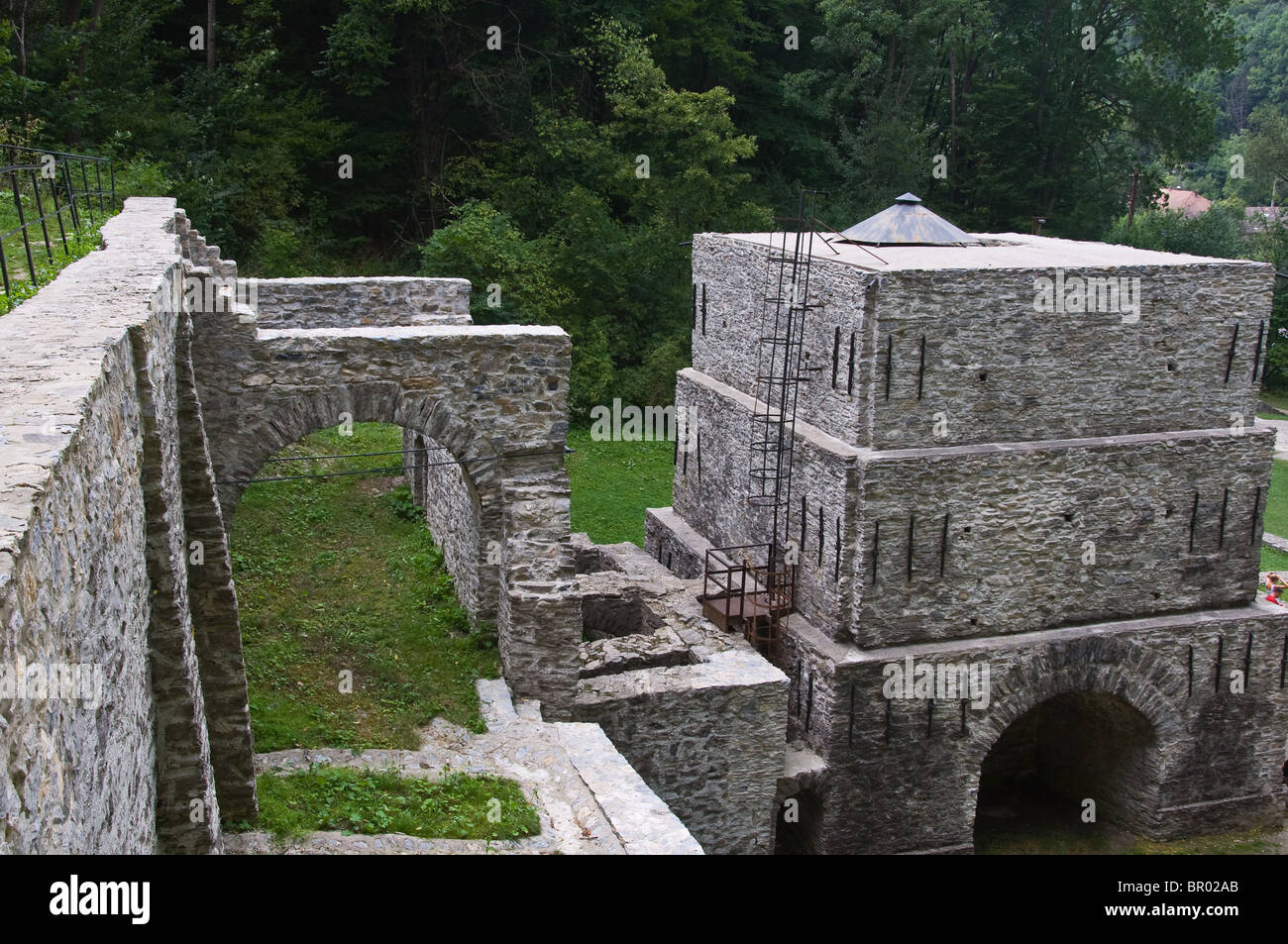
During the Iron Age in Hungary, there was significant progress in iron metallurgy. The development of ironworking technology led to the production of advanced iron tools and weapons, revolutionizing the material capabilities of Hungarian society. This new level of metalworking played a crucial role in shaping the economy, warfare, and overall technological advancements of the time. Iron metallurgy marked a major milestone in Hungary's history, enhancing its potential for growth and influencing future cultural and social changes.
Keywords: iron metallurgy development, ironworking technology, advanced iron tools and weapons, Hungarian society.
Cultural and Social Changes

During the Iron Age in Hungary, the development of iron metallurgy brought about significant cultural and social changes. The introduction of advanced iron tools and weapons revolutionized the material capabilities of Hungarian society, impacting various aspects of life. This included improvements in agriculture, leading to increased food production and population growth. It also influenced trade networks and fostered the rise of specialized craftspeople. These changes contributed to a shift in societal structure and economic organization, shaping Hungary's history and future trajectory.
Celtic Inhabitation

Celtic inhabitation in Hungary began around the 4th century BCE. The arrival of Celtic tribes, particularly the Scordisci and Eravisci, brought about cultural and social changes in the region. The Celts established fortified settlements and introduced their own artistic styles, such as intricate jewelry and pottery. They also played a significant role in shaping the trade networks and interacting with neighboring communities. This period marked an important chapter in the history of Hungary as it laid the foundation for future developments in the region.
Ancient history

Ancient history in Hungary is marked by the Roman occupation and the influence of Pannonia. The region experienced a series of barbarian incursions and settlements during this time. Hungary was greatly influenced by Roman trade routes and cultural exchange. Additionally, migrations and the rise of the Avar Khaganate played a significant role in shaping the early history of Hungary. Overall, this period laid the foundation for further developments and transformations in the region.
Roman Occupation and Pannonia
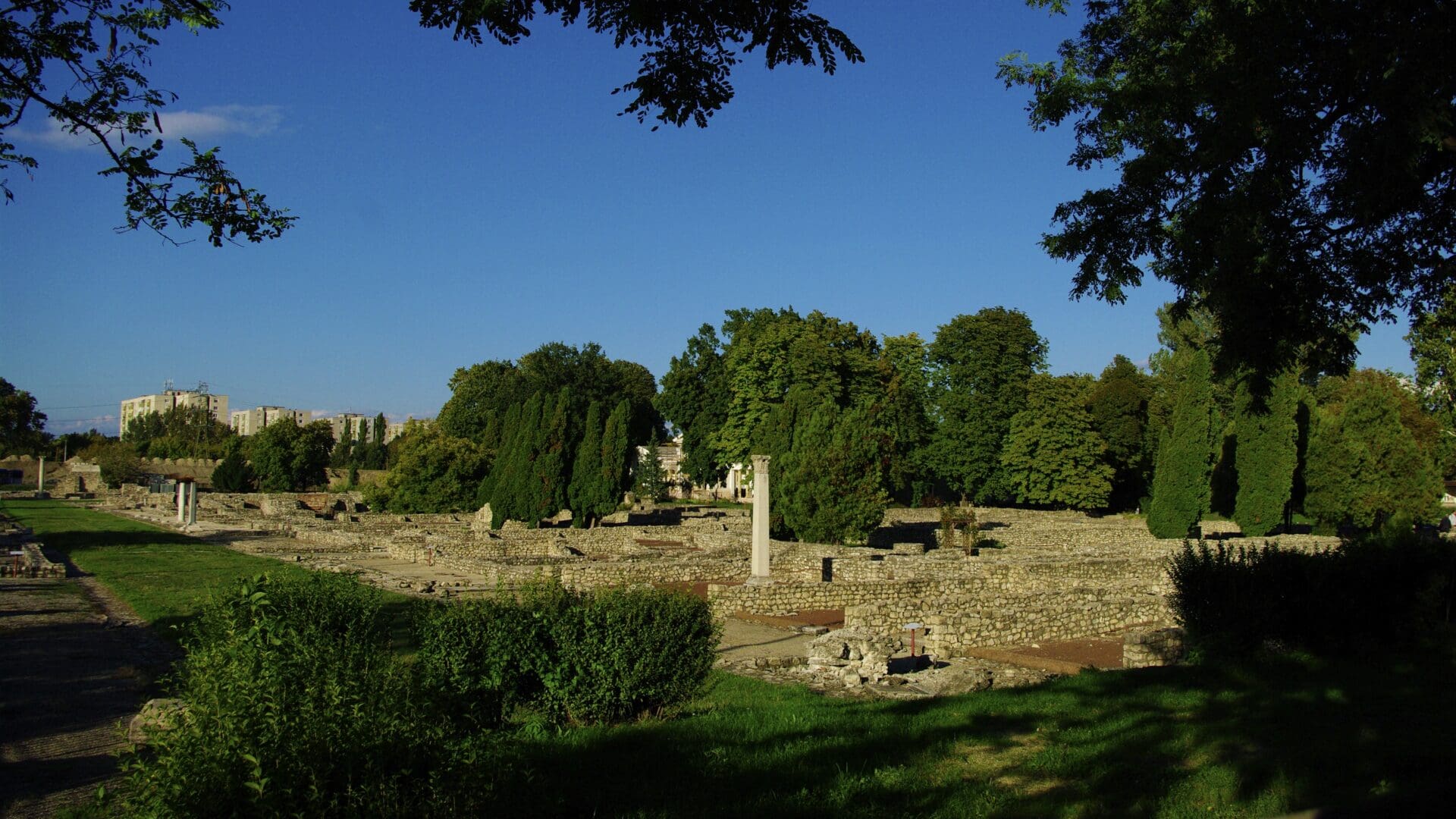
During the ancient history of Hungary, the region experienced Roman occupation and was part of the province known as Pannonia. The Romans played a significant role in shaping Hungary's political and cultural landscape. They established cities, built roads, and introduced their governance system. Pannonia became an important hub for trade and commerce, connecting the rest of the Roman Empire with Eastern Europe. The Roman influence had a lasting impact on Hungary's development.
Barbarian Incursions and Settlements

During the ancient history of Hungary, the region experienced numerous barbarian incursions and settlements. Various tribes, such as the Huns, Goths, Lombards, and Gepids, migrated into the area and established their settlements. These migrations and interactions between different tribes led to cultural exchanges and conflicts. The arrival of these barbarian groups greatly influenced the political and social landscape of Hungary during this period.
Classical antiquity
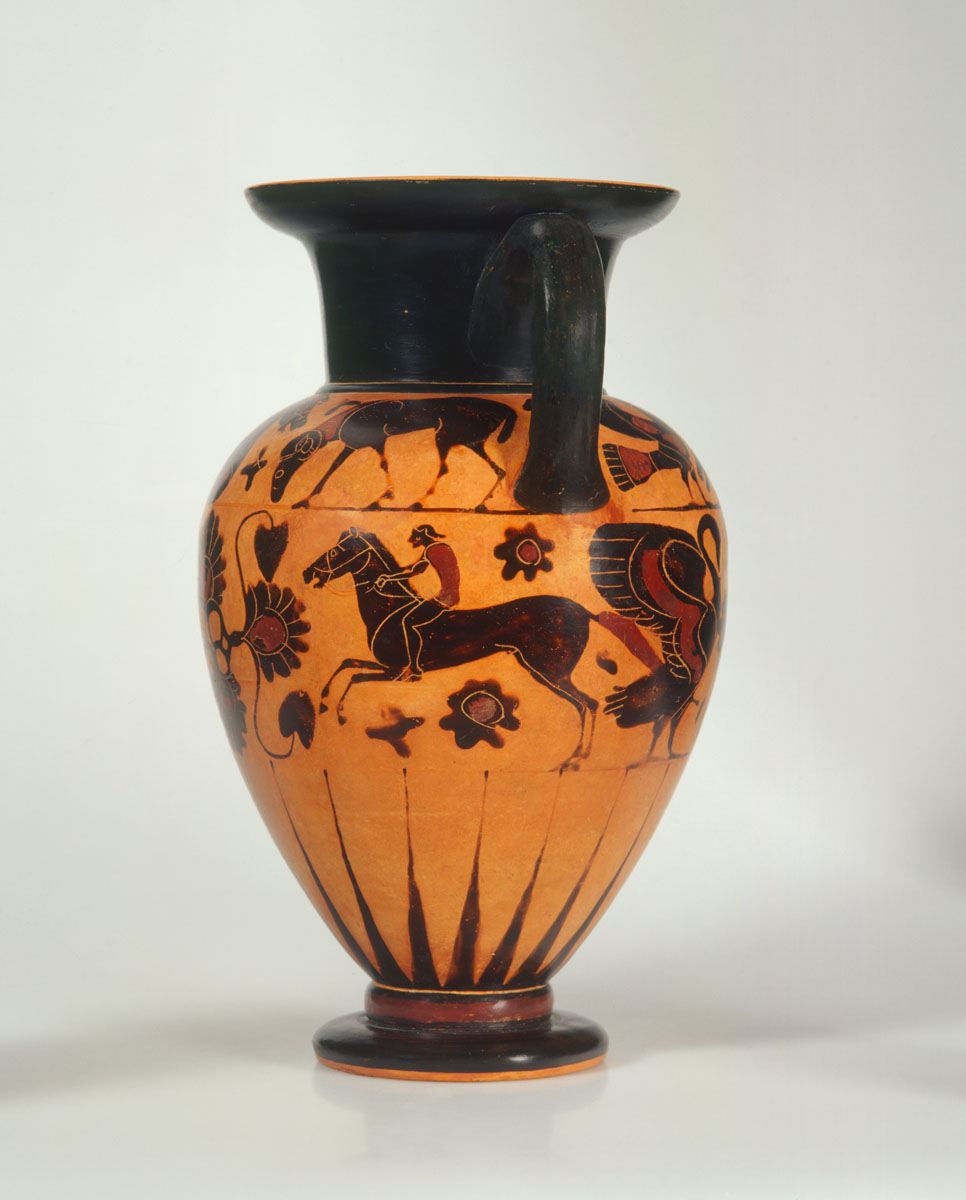
Classical antiquity in the history of Hungary refers to the period influenced by Roman presence and culture. Hungary, known as Pannonia during this time, experienced Roman occupation and was considered an important part of the empire. The Romans brought advancements in infrastructure, trade, and governance to the region. This era also facilitated cultural exchanges between the Romans and local tribes. The Roman influence left a lasting impact on Hungary's political and social landscape.
Hungary Under Roman Influence

Hungary, known as Pannonia during the Roman period, experienced significant influence from the Romans. The Roman occupation brought advancements in infrastructure, trade, and governance to the region. Hungary became an important part of the Roman Empire, with cities and fortifications being established throughout the area. This era facilitated cultural exchanges between the Romans and local tribes, leaving a lasting impact on Hungary's political and social landscape.
Trade and Culture Exchange

During the Roman occupation, Hungary (then known as Pannonia) became an important hub for trade and cultural exchange. The Romans introduced advanced infrastructure, like roads and towns, which facilitated trade between different regions. This led to the exchange of goods, ideas, and cultural practices between the Romans and local tribes. Hungary's proximity to the Roman Empire allowed for a blending of cultures and left a lasting impact on its political and social history.
Post-classical history

Post-classical history refers to the period after the fall of the Roman Empire in Hungary. During this time, Hungary experienced various migratory and settlement movements. The Huns, led by Attila, played a significant role in shaping Hungary's history during this period. The Avar Khaganate also emerged as a powerful central Asian empire in the region. This era laid the foundation for Hungary's Middle Ages and set the stage for its future political and cultural developments.
Migrations and the Huns
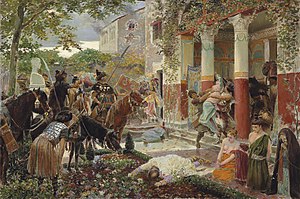
During the post-classical period, Hungary experienced significant migrations that shaped its history. One of the most influential groups were the Huns, led by Attila. The Huns were a nomadic people from central Asia who migrated westward and exerted their influence over Hungary. Under Attila's leadership, they established a powerful empire, wreaking havoc on neighboring territories. The presence of the Huns greatly influenced Hungary's political and cultural development during this time.
Avar Khaganate
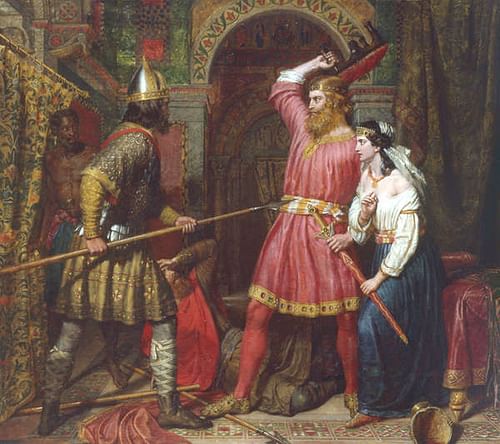
The Avar Khaganate was a powerful Eurasian state that existed from the late 6th to the early 9th century. The Avars, a nomadic confederation of Eurasian steppes, established their dominance over Hungary during this period. They introduced a hierarchical social structure and exerted political influence over the region. The Avar Khaganate played a significant role in Hungary's political and cultural development, leaving behind a lasting impact on its government history.
Middle Ages

The Middle Ages marked a significant period in the history of Hungary. Following the Magyar conquest of the Carpathian Basin, the Hungarian Principality was established. This era witnessed the Christianization of the Hungarian people and the consolidation of state-building efforts. The High Middle Ages saw the establishment of the Hungarian Kingdom, which experienced a golden age under the Árpád Dynasty. However, conflicts with foreign invaders, such as the Tartars, posed challenges to Hungary’s stability during this time.
Early Middle Ages

The Early Middle Ages in Hungary saw the Magyar conquest of the Carpathian Basin and the establishment of the Hungarian Principality. This period was characterized by the formation of a centralized government and efforts to consolidate power. The arrival of Christianity played a significant role in shaping Hungarian society and culture. The Early Middle Ages laid the foundation for subsequent developments in Hungary's history.
Magyar Conquest of the Carpathian Basin

The Magyar Conquest of the Carpathian Basin marks a significant turning point in Hungarian history. Led by their leader Árpád, the Magyars, a nomadic people from Central Asia, migrated to the region between the late 9th and early 10th centuries. They successfully established their dominance over the local Slavic and Germanic tribes, laying the groundwork for the establishment of the Hungarian Principality. The conquest brought about political and societal changes and set Hungary on its path towards statehood.
Foundation of the Hungarian Principality
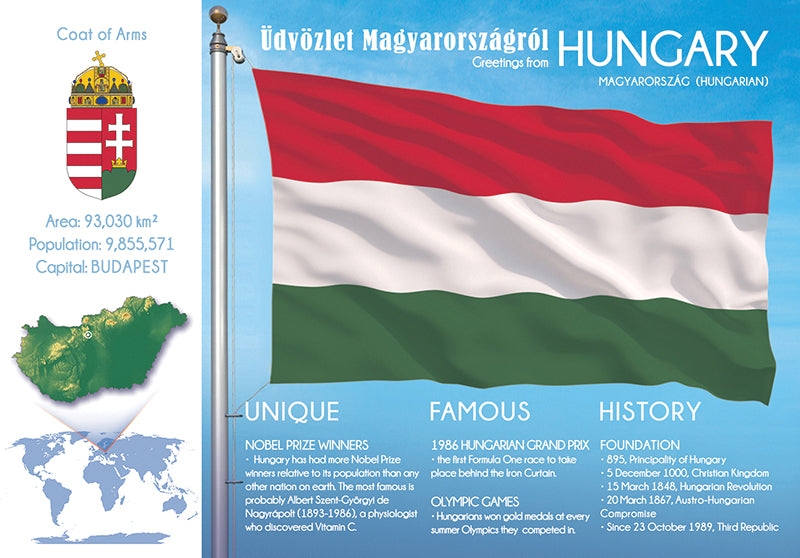
The foundation of the Hungarian Principality marked a crucial milestone in the history of Hungary. It occurred following the Magyar conquest of the Carpathian Basin led by Árpád. The establishment of the principality laid the groundwork for the development of a centralized political system and the emergence of a distinct Hungarian identity. This period saw the consolidation of power under Árpád's descendants, laying the foundation for centuries of Hungarian governance.
Christianization and State Building

Christianization and State Building played a significant role in shaping the history of Hungary. With the arrival of Christianity, Hungarian society underwent a transformation as it embraced the new religious beliefs and practices. This period also saw the consolidation of political power under the ruling elites, leading to the establishment of a strong centralized government. The integration of Christianity into the state structure helped solidify Hungary's identity and influence its governance for centuries to come.
High Middle Ages
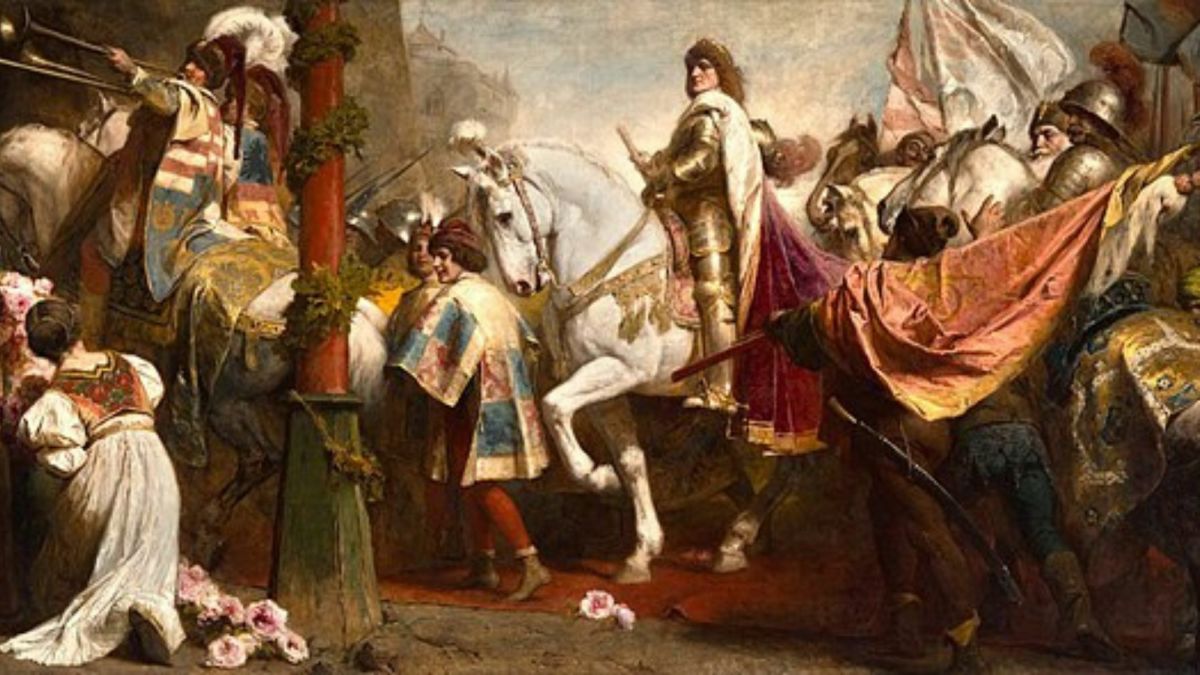
During the High Middle Ages, Hungary experienced significant developments politically and culturally. The Hungarian Kingdom was established, and under the Árpád Dynasty, Hungary enjoyed a golden age. However, this period also saw Tartar invasions and the pivotal Battle of Mohi. The late Middle Ages brought interregnum and civil wars, followed by Matthias Corvinus' reign, which brought about Renaissance influence in Hungary. The threat of Ottoman invasions and battles further shaped this era in Hungarian history.
Establishment of the Hungarian Kingdom
In the High Middle Ages, Hungary saw the establishment of its own kingdom. This occurred in the year 1000 when Stephen I, also known as Saint Stephen, was crowned the first King of Hungary. Stephen worked to consolidate his power, promote Christianity, and develop a strong centralized government. His reign marked an important turning point in Hungarian history and laid the foundation for future political and cultural developments.
Golden Age under the Árpád Dynasty

During the High Middle Ages, Hungary experienced a Golden Age under the rule of the Árpád Dynasty. This period, from the early 11th century to the late 13th century, saw significant political stability and territorial expansion. The kingdom flourished economically and culturally, with advancements in agriculture, trade, and architecture. The dynasty's strong leadership allowed Hungary to establish itself as a major power in Central Europe during this time.
Tartar Invasions and the Battle of Mohi
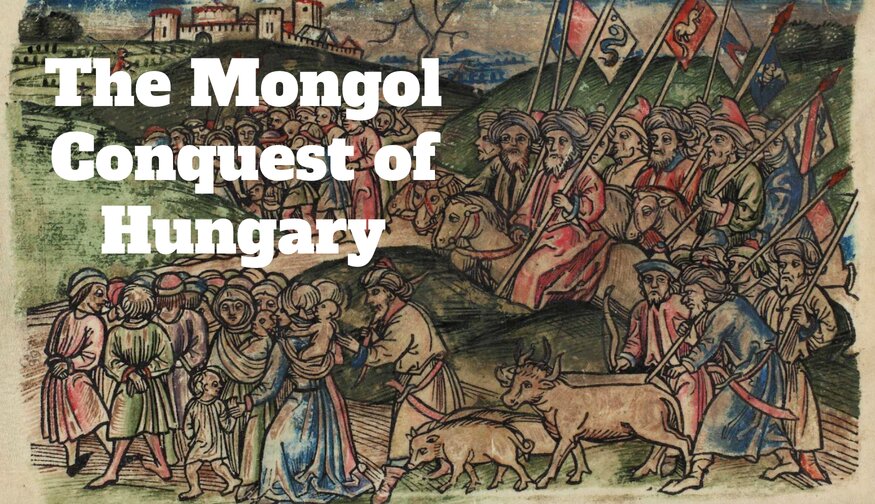
During the High Middle Ages, Hungary faced devastating invasions by the Mongol Tartars in the mid-13th century. Led by Batu Khan, they pillaged and laid waste to vast areas of the kingdom. In 1241, these invaders reached the Battle of Mohi, where a Hungarian army under King Béla IV was defeated. This defeat resulted in further destruction and led to years of political instability and territorial losses for Hungary.
Late Middle Ages

During the Late Middle Ages, Hungary experienced a period of political unrest and military conflicts. The interregnum and civil wars created instability within the kingdom, with various noble factions vying for power. However, Matthias Corvinus emerged as a significant ruler who brought stability and enacted important reforms. His reign saw the influence of Renaissance ideas in Hungary. Additionally, the Ottoman Empire's invasions posed a significant threat to Hungarian territory during this time.
Interregnum and Civil Wars

During the Late Middle Ages, Hungary experienced a period of political instability known as the Interregnum. After the death of King Andrew III in 1301, power struggles emerged among noble factions, resulting in civil wars that plagued the kingdom. These conflicts weakened Hungary and hindered effective governance. It was a chaotic time with multiple claimants to the throne and constant battles for control, leading to further division within the country.
Matthias Corvinus' Reign and Renaissance Influence

Matthias Corvinus reigned as the King of Hungary from 1458 to 1490. His rule was marked by significant political and cultural achievements that left a lasting impact on Hungary. Under his leadership, Hungary experienced a period of prosperity and development, with advancements in art, architecture, education, and science. Corvinus had a strong interest in humanism and patronized renowned scholars and artists, making Hungary a hub of Renaissance culture during his reign.
The Ottoman Invasions and Battles

During the late Middle Ages, Hungary faced numerous invasions by the Ottoman Empire. The Ottoman raids and campaigns resulted in devastating battles that had a significant impact on the region's history. Hungarian forces, led by prominent figures like John Hunyadi and Matthias Corvinus, fought valiantly to defend their lands but faced repeated Ottoman victories. These invasions marked a turning point in Hungary's political landscape, as the Ottomans gradually gained control over large parts of the country, leading to centuries of Ottoman rule.
Modern history

In modern history, Hungary experienced significant political and social changes. The Habsburg Monarchy ruled over Hungary, with periods of Hungarian independence. In the 18th century, the country fought for self-governance during Rákóczi's War of Independence. Later, Hungary went through the turmoil of the 1848 Revolution and fought for independence from Austrian rule. The country was also affected by both World Wars and faced communist rule after World War II before transitioning to democracy in 1989-1990.
Early modern period

During the early modern period in Hungary, the Habsburg Monarchy ruled over the country, with intermittent periods of Hungarian independence. The nation experienced political and social changes as it fought for self-governance during Rákóczi's War of Independence. Despite these struggles, Hungary remained under Habsburg control. The 1848 Revolution brought hope for independence from Austrian rule, but this was suppressed. The country played a significant role in both World Wars and faced communist rule after World War II before transitioning to democracy in 1989-1990.
Habsburg Monarchy and Hungarian Independence
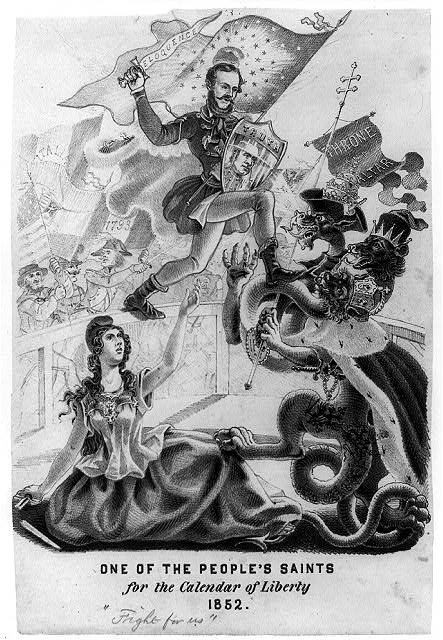
During the early modern period, Hungary was under the rule of the Habsburg Monarchy. Despite intermittent periods of Hungarian independence, the country remained largely under Habsburg control. The Hungarian people struggled for self-governance during Rákóczi's War of Independence in the early 18th century. However, their efforts were ultimately unsuccessful, and Hungary continued to be governed by the Habsburgs.
Rákóczi's War of Independence
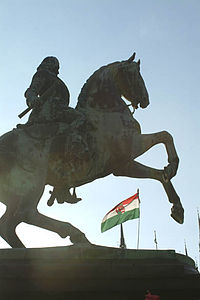
Rákóczi's War of Independence was a major conflict in Hungarian history that took place from 1703 to 1711. Led by Francis II Rákóczi, the war aimed to achieve independence and autonomy for Hungary from the Habsburg Monarchy. Despite initial successes, including the establishment of a Hungarian government, the movement eventually faced defeat as a result of military intervention from the Austrian Empire and Russia. The war marked an important period in Hungarian nationalism and resistance against foreign rule.
Late modern period
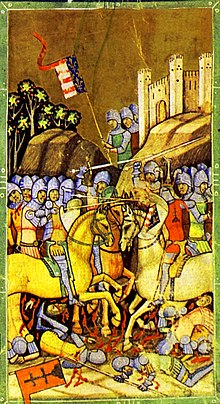
The Late Modern Period in the history of Hungary was marked by significant political and social transformations. It encompassed events such as the 1848 Revolution, where Hungarians fought for independence against Habsburg rule. Eventually, a compromise was reached with the Austrians in 1867, leading to the establishment of the dual monarchy of Austria-Hungary. Hungary also faced significant challenges during the two World Wars. The country experienced a transition to democracy in 1989-1990 and has since become a member of NATO and the European Union.
The 1848 Revolution and the Fight for Independence
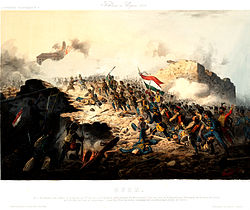
The 1848 Revolution in Hungary was a significant event in the country's history. It was sparked by demands for political and social reforms, as well as a desire for independence from Austrian rule. The revolution saw widespread protests and uprisings throughout Hungary, with Hungarian leaders calling for the establishment of an independent Hungarian government. However, despite initial successes, the revolution was ultimately suppressed by Austrian forces, highlighting the challenges faced in achieving Hungarian independence during this period.
Austro-Hungarian Compromise of 1867
The Austro-Hungarian Compromise of 1867, also known as the Ausgleich, was a significant agreement that redefined the relationship between the Austrian Empire and the Kingdom of Hungary. This compromise established a dual monarchy, with Austria and Hungary having separate parliaments and governments but sharing a common monarch and common foreign policy. It granted Hungary more autonomy, including control over its domestic affairs and administration. The compromise played a crucial role in stabilizing the political situation in Hungary and laying the foundation for a period of economic growth and cultural flourishing.
The First and Second World Wars

The First World War had a significant impact on Hungary, as it fought alongside the Central Powers. After the war, Hungary lost 70% of its territory under the Treaty of Trianon. In the Second World War, Hungary aligned with Germany but later tried to negotiate a separate peace. The country was occupied by German forces and then liberated by Soviet troops. The wars brought immense devastation, loss of life, and political upheaval to Hungary.
Contemporary history

Contemporary history in Hungary is marked by significant political and social transformations. The Communist era, which lasted from the end of World War II to 1989, was characterized by a centralized government and limited political freedoms. However, in 1989-1990, Hungary underwent a crucial transition to democracy, leading to multi-party elections and the establishment of a market-oriented economy. Hungary became a member of NATO in 1999 and joined the European Union in 2004. In recent years, Hungary has faced challenges related to immigration policies and tensions with EU institutions.
Communist Era and the 1956 Hungarian Revolution

The Communist Era in Hungary, which began after World War II, was marked by a centralized government and limited political freedoms. The regime implemented collectivization of agriculture and nationalized industries. However, in 1956, a mass uprising known as the Hungarian Revolution erupted against Communist rule. The revolution aimed to establish political freedom and economic reform. The Soviet Union intervened militarily to suppress the revolt, leading to thousands of casualties and a temporary restoration of Soviet control over Hungary.
Transition to Democracy (1989-1990)
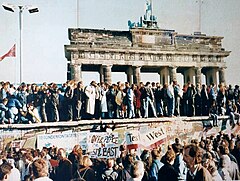
During the late 1980s and early 1990s, Hungary underwent a significant political transformation. The Communist regime was challenged by widespread protests and calls for democracy. In 1989, the ruling Hungarian Socialist Workers' Party relinquished its monopoly on power, leading to free elections and the establishment of a multiparty system. Hungary's transition to democracy marked a turning point in its history, allowing for greater political freedoms and opening up new possibilities for economic development.
Memberships in NATO and the European Union

Hungary's journey towards European integration continued in the late 20th and early 21st centuries. In 1999, Hungary became a member of NATO, strengthening its security ties with other member countries. Then, in 2004, Hungary joined the European Union along with nine other Eastern European countries. This membership has allowed Hungary to participate in the EU's decision-making processes and benefit from economic development opportunities. However, Hungary's relationship with the EU has also had its challenges, particularly regarding issues related to democratic values and the rule of law.
21st Century Challenges and Developments

In the 21st century, Hungary has faced various challenges and undergone significant developments. The country has grappled with issues such as rising nationalism, concerns over democratic values, and disagreements with the European Union on issues related to immigration and the rule of law. Economic development and modernization have also been key focuses for Hungary. The government has implemented policies to attract foreign investment, promote technological advancements, and improve infrastructure. Overall, Hungary is striving to navigate these challenges while embracing progress and maintaining its unique history and culture.